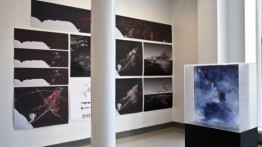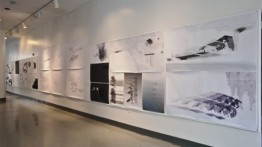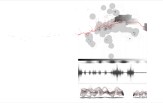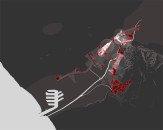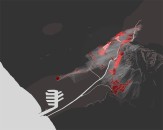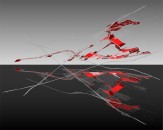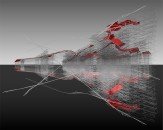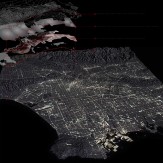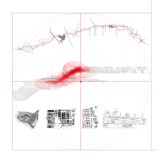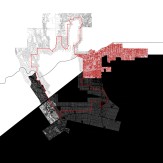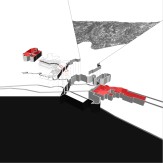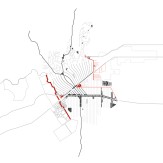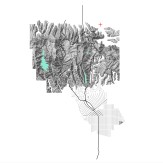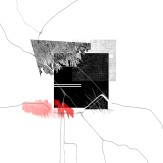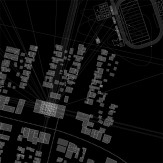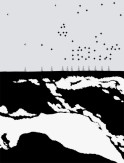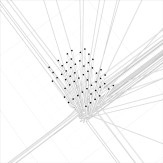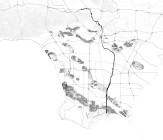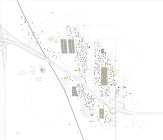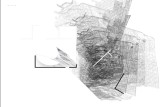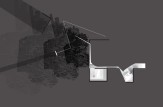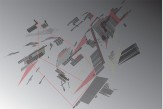Master of Architecture II Fall 2010
INCURSIONS INTO URBAN DISCOURSE
Los Angeles
Jerusalem
Professor: Diana Agrest
Instructor: Maria Elena Fanna
This studio focuses on Urban Form through the exploration of the many different forces that intersect in generating it. Two cities with apparently opposite backgrounds were given as the site of this enquiry, revealing through the discovery of their own many specificities a number of paradoxically similar issues.
One of the two given cities was to be selected and (not comparative but independent) readings were produced from an Urbanistic, Technological or Theoretical/Historical Perspective. A reading is the articulation between a creative subject (you) and the various texts of the city, in this case written, drawn and aerial photographs. Through the drawings produced in the reading process, another city is revealed and manifested.
The Readings were developed through personally elaborated: Plans, Maps, Graphics, Diagrams and other Drawings at Various Pertinent Scales.
< Back to Selected Graduate Design Studio Projects
VIEW INDIVIDUAL PROJECTS BELOW
Projects
-

Sunset Boulevard: Media City
-

Urban Islands
-
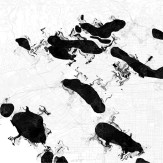
Crude Urbanism
-
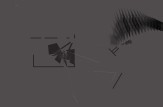
City of Film
Back
Sunset Boulevard: Media City
Sunsett Boulevard: Media City
Melanie Fessel
Urban Islands
Urban Islands: Cities Within the City
Aikaterini Kefalogianni
Crude Urbanism
Crude Urbanism: Oil Under the City
Jonathan Heckert
Reyner Banham’s Los Angeles: The Architecture of Four Ecologies depicts the strong influential factors for the growth of L.A. as a unique urban metropolis. Beaches, mountains, plains and highway systems both connect and contain the city. One ecology that Banham never mentioned directly was the ecology of oil and its influence upon the city and its industrial development.
L.A.’s hyperdense oil fields have produced 8.5 billion barrels since 1892. Today over 3,000 oil wells extract 30 million barrels per year, with 11,500 acres of land devoted to oil production. The fields, wells and refineries support the major infrastructural components of the city – the Port of Long Beach, Los Angeles International Airport and the city’s vast network of highways. However, while most of L.A.’s current social, economic and political existence is heavily dependent on the availability of oil as an abundant resource, much of the oil used to fuel the city isn’t produced solely by it’s own oil fields. It is imported from overseas as well as from other oil fields in Texas and Alaska.
L.A.’s fixation with oil has locked it into a pattern of outward growth and decentralization that liberated the fabric from traditional urban formation. At the same time, it has also locked the city into a pattern wherein it is solely reliant on oil.
City of Film
City of Film: Time and Movement through The Long Goodbye by Robert Altman
Katerina Kourkoula
Los Angeles is a city widely understood through movies. There is a real L.A. that physically exists and there are many mythological depictions of the city constructed through movies. The project attempts to capture the L.A. described to us through an analysis of time and movement in Robert Altman’s “The Long Goodbye.” Apart from the city depicted in the film, this project addresses the city that is only implied - a city that accommodates mystery, chase, murder and anonymity.

